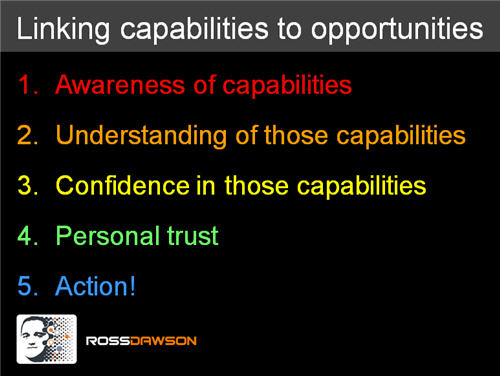Professional services will be at the heart of our economic future
Last night was the announcement of the winners of the annual BRW Client Choice Awards.
Each year Beaton Consulting compiles the opinions of large professional service clients – this year 40,000 of them – who collectively select the best professional service firms in Australia. The results are announced at a gala dinner and published in BRW magazine.
The full list of winners is here. The magazine’s lead article on the awards Client choice awards: Savvy, digital, global: the face of the new professional, provides interesting insights into the state of the professions in Australia.
I gave the guest keynote at the event, with the intent of providing inspirational yet light-hearted perspectives on the awards.
My theme was “Creating Australia’s Future”, about how professional services firms are at the heart of Australia’s (and all developed countries’) future.
Read more →

